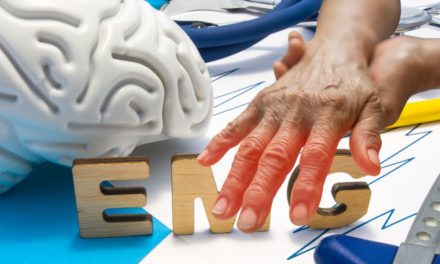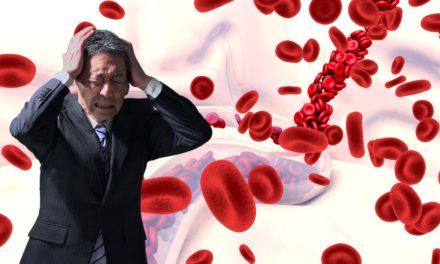Introduction
Nervous Breakdown (Emotional Disorders) Disease and Best Treatment
Emotional disorders, often colloquially referred to as “nervous breakdowns,” encompass a wide range of mental health conditions that can significantly impact a person’s emotional well-being and daily life. These disorders are not a single diagnosis but rather a group of conditions characterized by intense and prolonged emotional distress. In this article, we will provide a comprehensive overview of various emotional disorders, including common types, potential causes, impact on individuals, and effective treatment approaches. By fostering awareness and understanding, we aim to promote empathy, reduce stigma, and encourage timely intervention for individuals facing emotional challenges.
Understanding Nervous Breakdown (Emotional Disorders)
Emotional disorders refer to a diverse group of mental health conditions that affect a person’s emotions, mood, and behavior. They can emerge from a mix of hereditary, natural, and mental elements.
Common Types of Emotional Disorders
- Major Depressive Disorder (MDD): MDD is characterized by persistent feelings of sadness, loss of interest or pleasure, and other emotional and physical symptoms.
- Generalized Anxiety Disorder (GAD): GAD involves excessive worry and fear about various aspects of life, leading to significant distress.
- Panic Disorder: Panic disorder is marked by recurrent and unexpected panic attacks, accompanied by intense physical and emotional symptoms.
- Post-Traumatic Stress Disorder (PTSD): PTSD can develop after experiencing or witnessing a traumatic event, leading to intrusive memories, flashbacks, and hyperarousal.
- Obsessive-Compulsive Disorder (OCD): OCD involves recurrent and intrusive thoughts (obsessions) and repetitive behaviors (compulsions) performed to alleviate anxiety.
Potential Causes of Emotional Disorders
Emotional disorders can be caused by a combination of factors, including:
- Genetic predisposition
- Imbalances in brain chemicals (neurotransmitters)
- Traumatic experiences or adverse life events
- Chronic stress or prolonged emotional distress
Impact on Individuals
Emotional disorders can significantly impact an individual’s ability to function and enjoy life. They may lead to difficulties in work or school, strained relationships, and reduced overall quality of life.
Seeking Professional Help
Recognizing the signs of emotional distress and seeking professional help from a mental health specialist is crucial for accurate diagnosis and appropriate treatment.
Treatment Approaches for Emotional Disorders
- Psychotherapy (Talk Therapy): Various forms of psychotherapy, such as cognitive-behavioral therapy (CBT) and dialectical behavior therapy (DBT), can help individuals manage emotional disorders.
- Medications: Now and again, meds, for example, antidepressants or hostile to tension medications, might be endorsed to lighten side effects.
- Self-Help Strategies: Practicing self-care, engaging in stress-reduction techniques, and seeking support from loved ones can complement professional treatment.
- Support Groups: Support groups provide a sense of community and understanding for individuals living with emotional disorders.
Reducing Stigma and Promoting Empathy
Educating society about mental health and challenging stigma is essential to create a compassionate and supportive environment for individuals facing emotional challenges. Empathy and understanding can facilitate recovery and emotional well-being.
Conclusion
Emotional disorders encompass a wide range of mental health conditions that can profoundly impact individuals’ emotional well-being and daily functioning. By recognizing the various types, understanding potential causes, and promoting early intervention, individuals can seek help, embrace their journey, and work towards emotional healing and improved quality of life. Effective treatment approaches, including psychotherapy, medication, self-help strategies, and support groups, offer hope for managing emotional disorders and fostering emotional well-being. Together, let us prioritize mental health, raise awareness, and create a supportive space where individuals with emotional disorders are encouraged to seek help and find understanding and empathy in their pursuit of emotional wellness.










